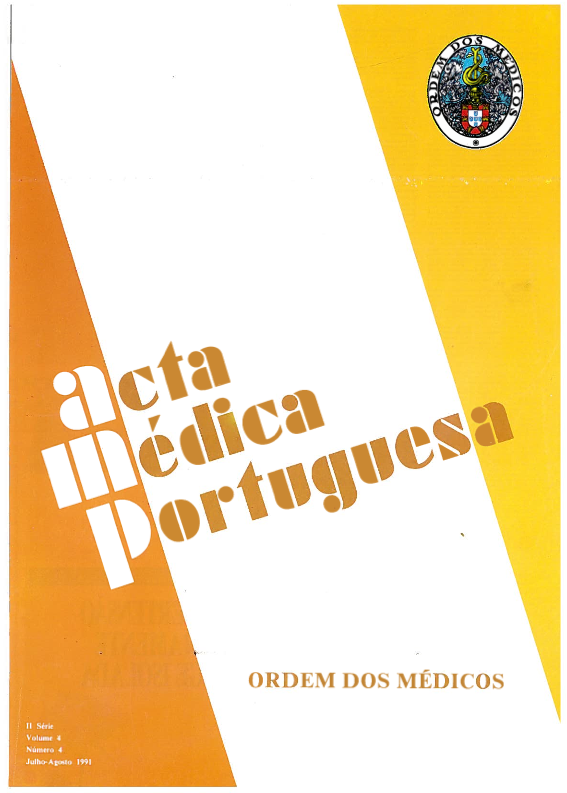Hypertension from the nephrologist's point of view.
DOI:
https://doi.org/10.20344/amp.3349Abstract
Secondary hypertension represents about 5-10% of all forms of hypertension, renal and renovascular being the commonest forms. Renal artery stenosis is the principal cause of renovascular hypertension due to atheromatous disease or fibromuscular dysplasia. Rapid sequence intravenous pyelogram, isotope renogram, captopril test and digital subtraction angiography or conventional arteriography, are the diagnostic procedures in the diagnosis of renal artery atenosis. Hypertension is also very common in parenchymal renal disease, mainly in chronic renal insufficiency. In this condition, the mechanism is more related to volume dependent factors than in renovascular hypertension which is mainly renin dependent. In the treatment of renal or renovascular hypertension the same type of drugs have been generally used as in essential hypertension although with some specific indications like the use of angiotensin-converting enzyme inhibitors in unilateral renal artery stenosis or furosemide in case of renal insufficiency. Revascularization by angioplasty or surgical bypass, may be indicated in renovascular hypertension.Downloads
Downloads
How to Cite
Issue
Section
License
All the articles published in the AMP are open access and comply with the requirements of funding agencies or academic institutions. The AMP is governed by the terms of the Creative Commons ‘Attribution – Non-Commercial Use - (CC-BY-NC)’ license, regarding the use by third parties.
It is the author’s responsibility to obtain approval for the reproduction of figures, tables, etc. from other publications.
Upon acceptance of an article for publication, the authors will be asked to complete the ICMJE “Copyright Liability and Copyright Sharing Statement “(http://www.actamedicaportuguesa.com/info/AMP-NormasPublicacao.pdf) and the “Declaration of Potential Conflicts of Interest” (http:// www.icmje.org/conflicts-of-interest). An e-mail will be sent to the corresponding author to acknowledge receipt of the manuscript.
After publication, the authors are authorised to make their articles available in repositories of their institutions of origin, as long as they always mention where they were published and according to the Creative Commons license.









